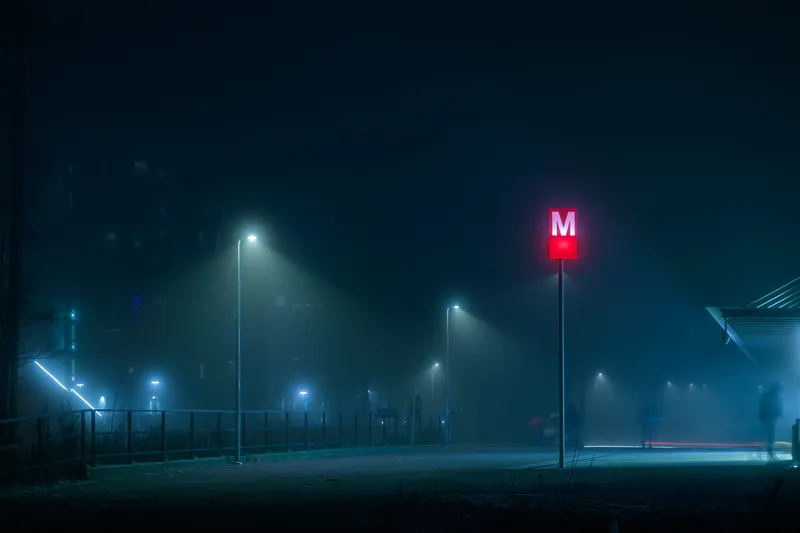Work on the M1 Junction 19 improvement scheme near Catthorpe, Leicestershire, will start in January, UK roads minster Robert Goodwill has announced today.
The US$312.7 million scheme will reduce congestion and improve journey time reliability and safety by replacing the existing junction with a three-level junction and improving roads between the villages of Catthorpe and Swinford so local traffic can avoid the junction.
December 11, 2013
Read time: 2 mins
Work on the M1 Junction 19 improvement scheme near Catthorpe, Leicestershire, will start in January, UK roads minster Robert Goodwill has announced today.
The US$312.7 million scheme will reduce congestion and improve journey time reliability and safety by replacing the existing junction with a three-level junction and improving roads between the villages of Catthorpe and Swinford so local traffic can avoid the junction.
Goodwill said: “The 142,000 vehicles that pass through Catthorpe junction every day demonstrate how important this route is. However, the current layout of Catthorpe is unable to meet this demand, giving rise to congestion, delays, accidents and conflict between local and longer-distance traffic. Without improvement these problems will get worse. “I am delighted to announce that construction will start in January, showing our commitment to deliver much need improvements to England’s infrastructure.”
The M1 Junction 19 Improvement Scheme will provide several direct free-flow links: A14 to M1 northbound; M1 southbound to A14; M6 to A14 in both directions; M6 to M1 southbound; and M1 northbound to M6. The M1 will remain on its current alignment. Improvements to the local road network will include: a new link between Rugby Road and Shawell Lane north of the M6; a local route under the junction between Swinford and Catthorpe; and improvements to Shawell Lane/Catthorpe Lane, between Catthorpe Road and the M6 to the east and towards the A5 to the west.
The US$312.7 million scheme will reduce congestion and improve journey time reliability and safety by replacing the existing junction with a three-level junction and improving roads between the villages of Catthorpe and Swinford so local traffic can avoid the junction.
Goodwill said: “The 142,000 vehicles that pass through Catthorpe junction every day demonstrate how important this route is. However, the current layout of Catthorpe is unable to meet this demand, giving rise to congestion, delays, accidents and conflict between local and longer-distance traffic. Without improvement these problems will get worse. “I am delighted to announce that construction will start in January, showing our commitment to deliver much need improvements to England’s infrastructure.”
The M1 Junction 19 Improvement Scheme will provide several direct free-flow links: A14 to M1 northbound; M1 southbound to A14; M6 to A14 in both directions; M6 to M1 southbound; and M1 northbound to M6. The M1 will remain on its current alignment. Improvements to the local road network will include: a new link between Rugby Road and Shawell Lane north of the M6; a local route under the junction between Swinford and Catthorpe; and improvements to Shawell Lane/Catthorpe Lane, between Catthorpe Road and the M6 to the east and towards the A5 to the west.










